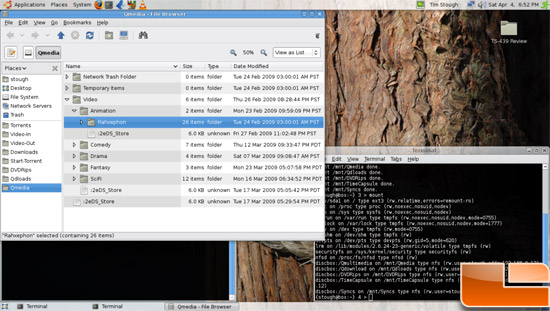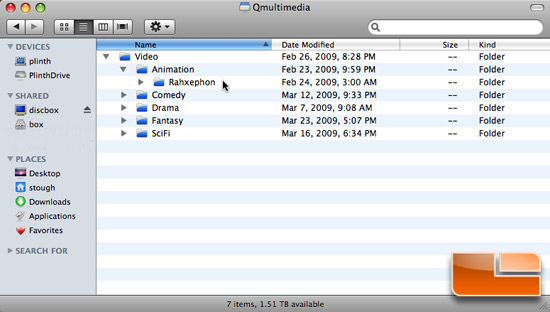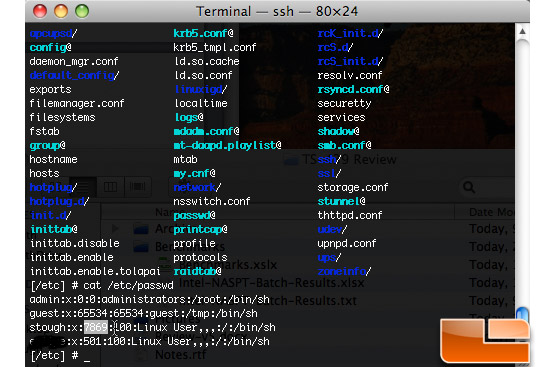How To Setup a Home NAS Server – QNAP TS-439 Pro Turbo
Mixed Operating System Issues

One of the key features of the QNAP TS-439 is its ability to operate in a mixed operating system environment so that you can access your data from any platform. If you happen to be accessing the NAS from only Mac and/or Windows machines, you should have no problems. However, if youll be using a Linux machine in addition to Mac or Windows, youll notice some problems with file permissions.

When you access the NAS from Mac or Windows, files are created using your user account that you set up on the NAS. If you are just logging in as Admin, they are being created with UID 0, which is root on any Linux box. So, when you mount the NAS via NFS on your Linux box, none of your files belong to you. This can be problematic if you want to move, delete, or edit any of those files. Moreover, if you manage to create files from Linux, they may appear locked when you mount the shares from Mac or Windows machines. This is clearly not the situation you want to be in.

Fixing this problem is pretty easy, its easiest if you do it before you create any shares or copy any data to your new NAS. After youve got the NAS configured with drives and have created your user accounts, enable SSH Access (or telnet of youre trusting). SSH and telnet access are found under Admin > System Tools > Remote Login; just check the Allow box. Now, you can use any SSH client to connect to your NAS as Admin (SSH and telnet are usable only by Admin). Anyhow, log into your Linux box and have a look at your /etc/passwd file to determine your UID (the number associated with your username). You can then login to the NAS and change your UID by editing /etc/passwd on the NAS. Be careful to save a backup and change only your users UID. Do not change the UID for Admin, who knows what kind of trouble that would cause.

Once youve ensured that your UID(s) match on your Linux system(s) and on the NAS, youre in good shape. Now you can start creating shares and giving your users permissions. If youve already created users and shares, youll need to change the ownership of those file and directories using chown. That is beyond the scope of this article; Im sure that you can ask your favorite Linux guru or Google.

Comments are closed.